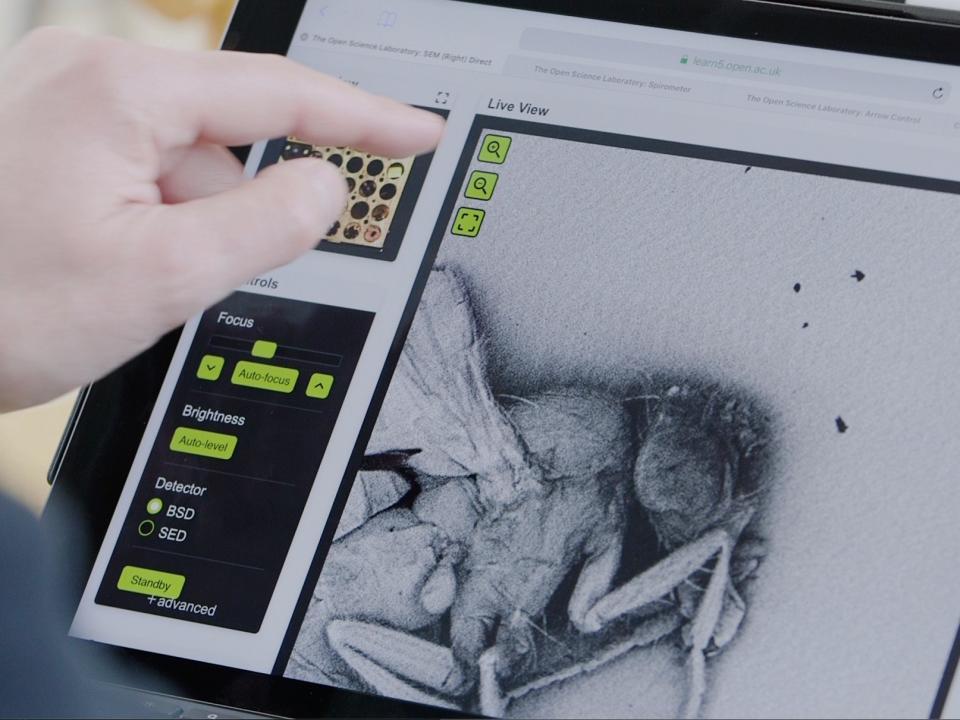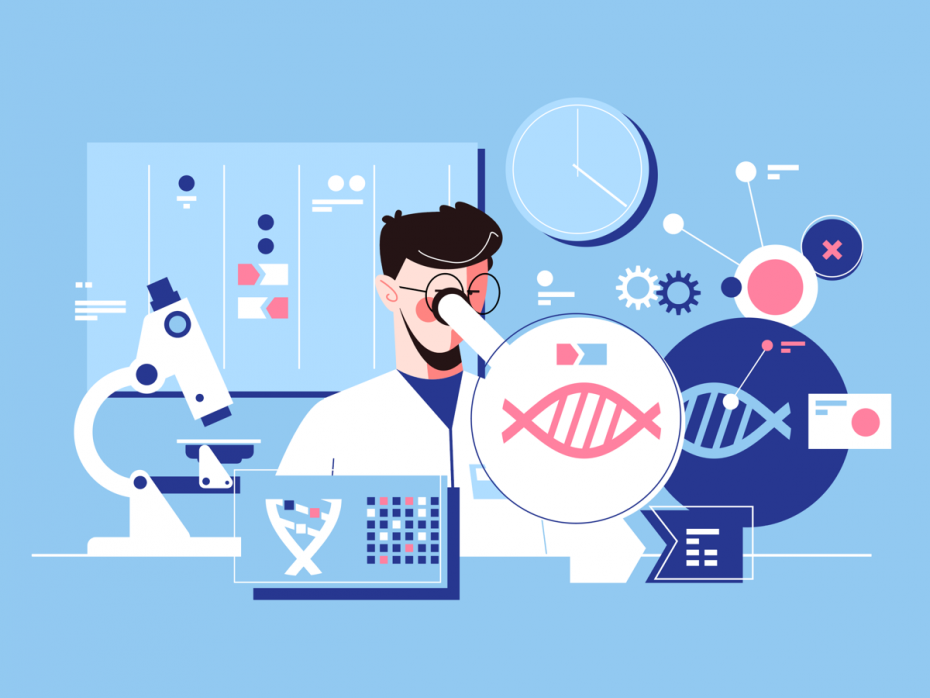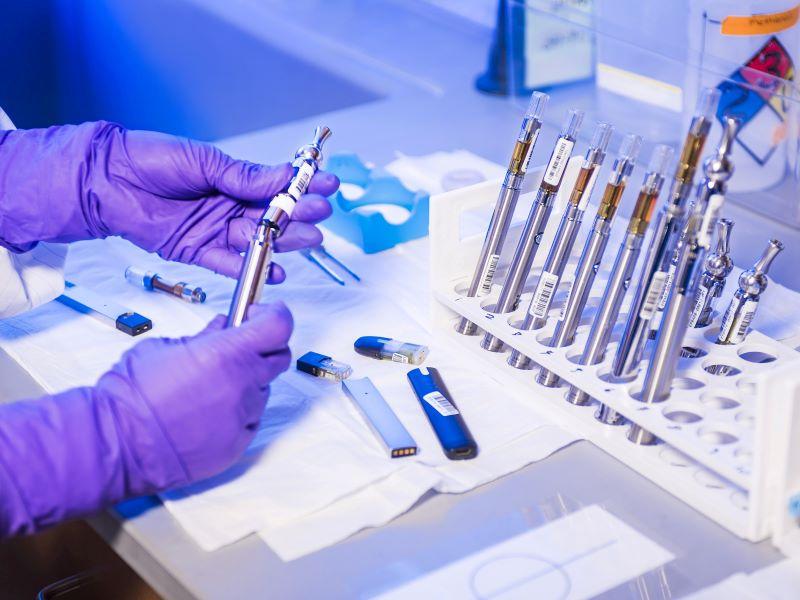Students studying STEM subjects need to develop practical laboratory skills alongside more theoretical learning. Practical learning usually takes place in the laboratory setting, but modern internet technologies mean that online laboratories can provide an alternative means of delivery.
Online laboratories allow students to conduct interactive experiments over the internet and can take the form of remote laboratories, in which students connect to real equipment through a network, and virtual laboratories that use web-based software simulations. Many universities turned to online laboratories during the Covid-19 pandemic, but what are their benefits as course delivery returns to normal?
- Home labs and simulations to spark curiosity and exploration
- Innovative approaches to moving practical learning online
- Assessing science students’ practical skills – can we learn from healthcare education?
When to use online laboratories
Large cohort sizes, increased demand for flexible study and the changing needs of the workplace all put new demands on universities delivering laboratory learning. How can online laboratories help to address these challenges and what are their advantages and disadvantages compared with conventional laboratories? Here are six aspects to consider:
1. Focus on the learning outcomes. The first step when deciding whether to use an online laboratory is to define the learning outcomes you want students to achieve. Online laboratories provide an excellent platform for gaining experience of data collection and analysis, developing and testing hypotheses, and learning how to use scientific equipment. They are less suited to developing direct hands-on skills like handling chemicals and glassware or wiring electric circuits, meaning that a blended approach to laboratory learning often works well.
2. Flexible delivery. Online laboratories allow students to complete practical work at a time and place of their choosing. This removes some barriers to participation and makes study more inclusive for students with work or family commitments, or some types of disabilities. Flexible delivery also means that students can repeat activities as needed to reinforce their learning.
3. Equipment use. Online laboratories can be made available at any time, maximising the use of expensive equipment and reducing the number of equipment sets that are required. Our OpenSTEM Labs are available almost 24 hours per day and perform automated self-checks between each student use. Using purpose-built remote access laboratories with multilevel equipment racks also minimises space requirements.
4. Access to hazardous substances or rare specimens. Virtual laboratories allow students to engage with hazardous substances, biological samples or rare specimens, which would not be possible in a conventional laboratory environment. For example, the Open University’s hominid skull evolution activity allows students to explore detailed 3D scans of rare skull specimens that would not usually be available to them.
5. Equipment location. Remote laboratories can be located wherever you choose and don’t even need to be on the university campus. Our OpenScience Observatories are located on the island of Tenerife, an excellent observing location far from light pollution.
6. Student employability. Many modern scientific and engineering instruments used in industry are computer controlled, meaning that online laboratories directly develop the skills that will be required in the workplace. In some instances, online laboratories can be more representative of the working environment than conventional labs.
Challenges for online laboratories
Online laboratories also introduce challenges that need to be considered from the outset:
- Student engagement. Ensuring that students engage with online labs can be a challenge. We enhance student engagement by linking online laboratories to assessment tasks – with the added benefit that each student generates their own unique dataset to analyse in the assessment.
- Student support. Appropriate support mechanisms need to be put in place to ensure that students can get help when using online labs. Online forums monitored by staff can be used to provide asynchronous support and live chat or audio support during timetabled sessions can also be helpful for student with additional needs.
- Development costs. Developing high-quality online laboratories can be expensive. Online laboratories are therefore best suited to activities that will be used by a large student cohort and can be used over several years. Looking to the future, the university sector could benefit from a collaborative approach to facilitate easy sharing of online laboratory resources.
Online laboratories provide a flexible means to deliver practical learning to STEM students and have many benefits over conventional delivery. Care needs to be taken to design activities that will enable students to develop the intended learning outcomes, and often a blended approach that uses a mix of on online and conventional laboratories can achieve the best results. We use online laboratories as a core part of our STEM distance learning courses, but we also use residential schools and home experiment kits alongside online delivery to support hands-on aspects.
Register here to try some of the Open University’s OpenSTEM Labs activities for free.
Helen Lockett is director of OpenSTEM Labs at the Open University.
If you found this interesting and want advice and insight from academics and university staff delivered direct to your inbox each week, sign up for the THE Campus newsletter.




comment